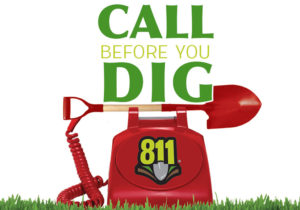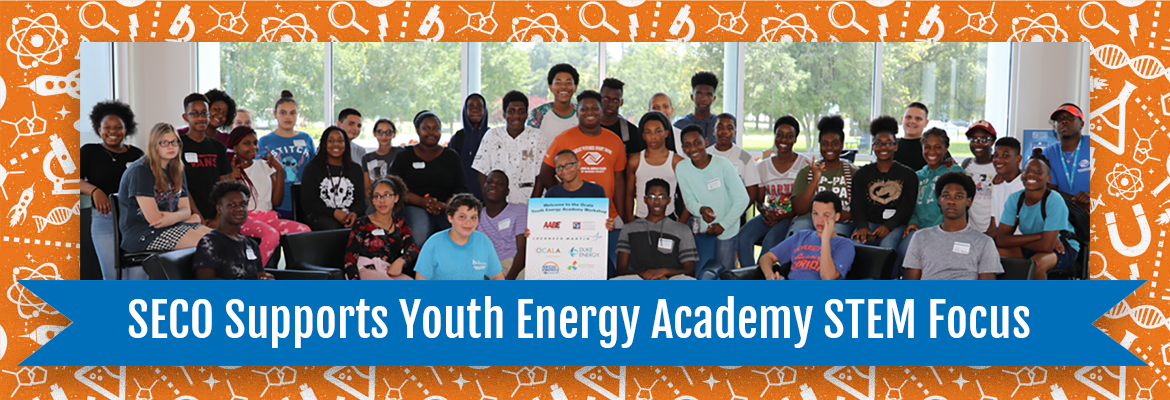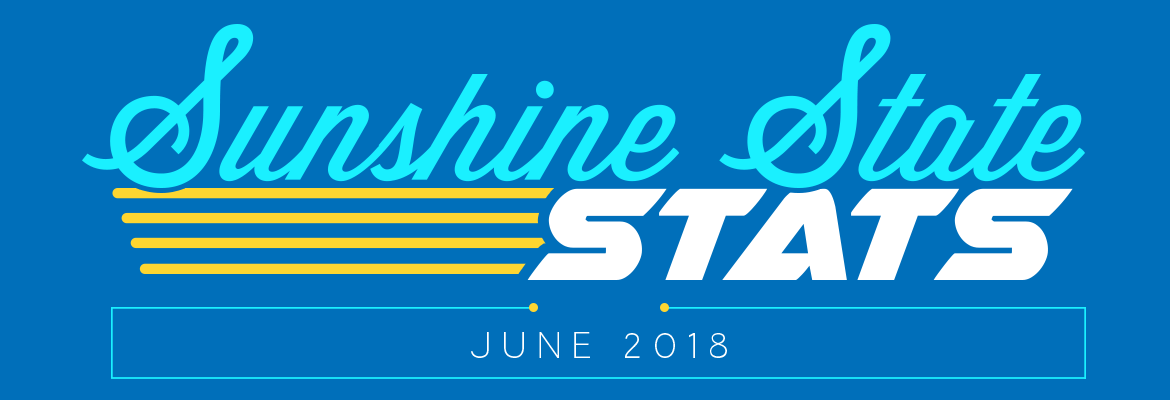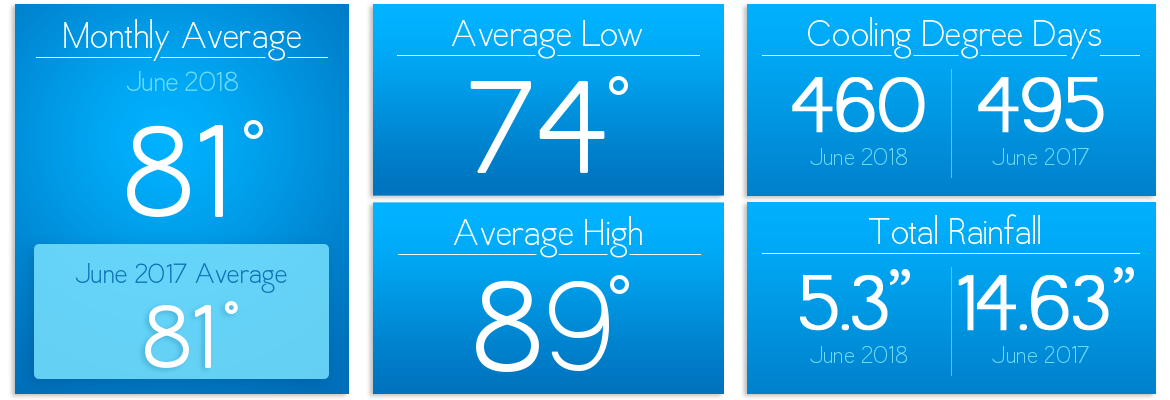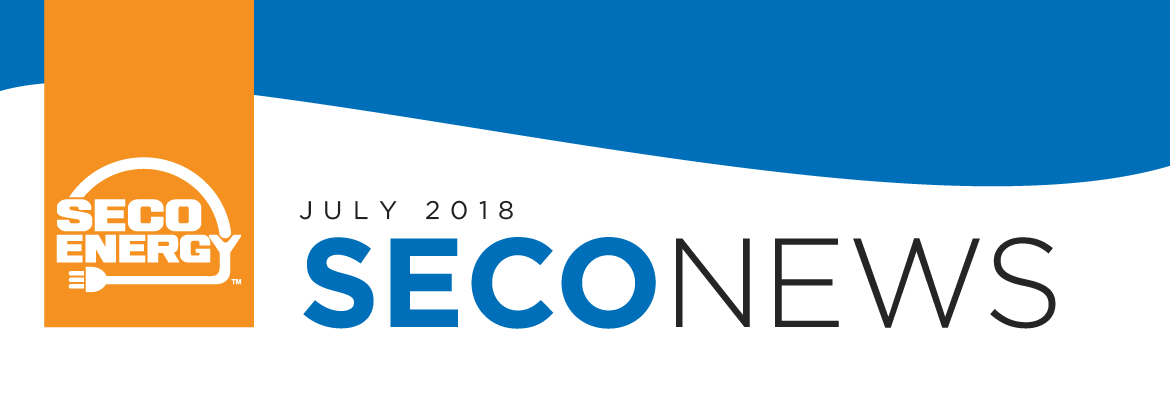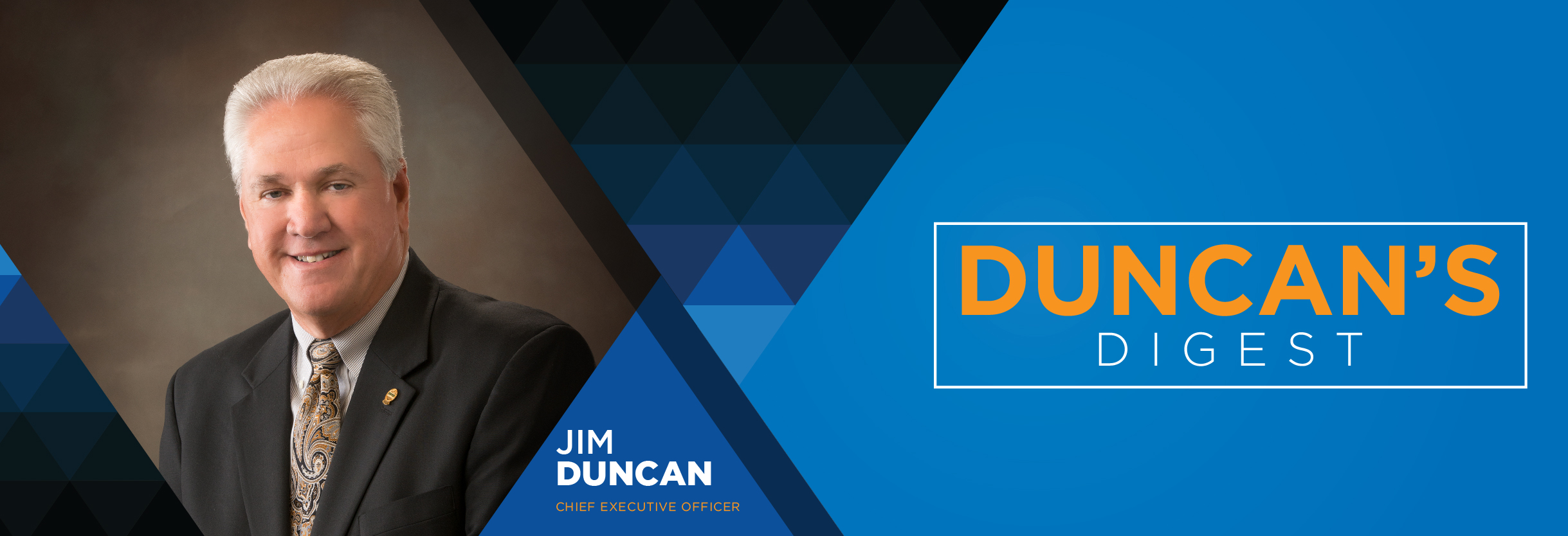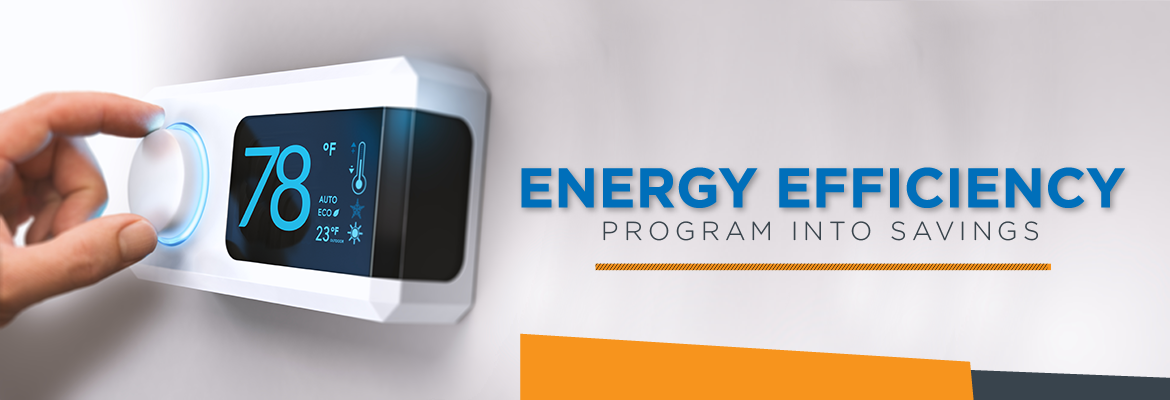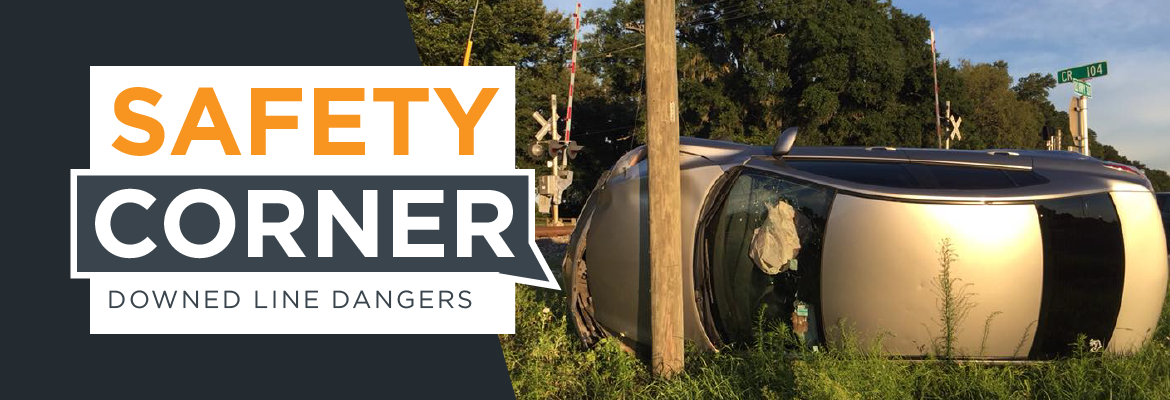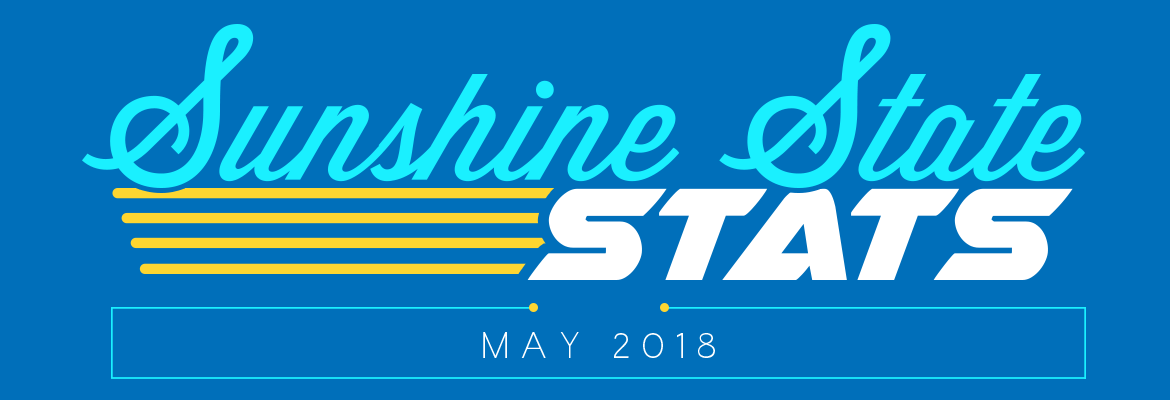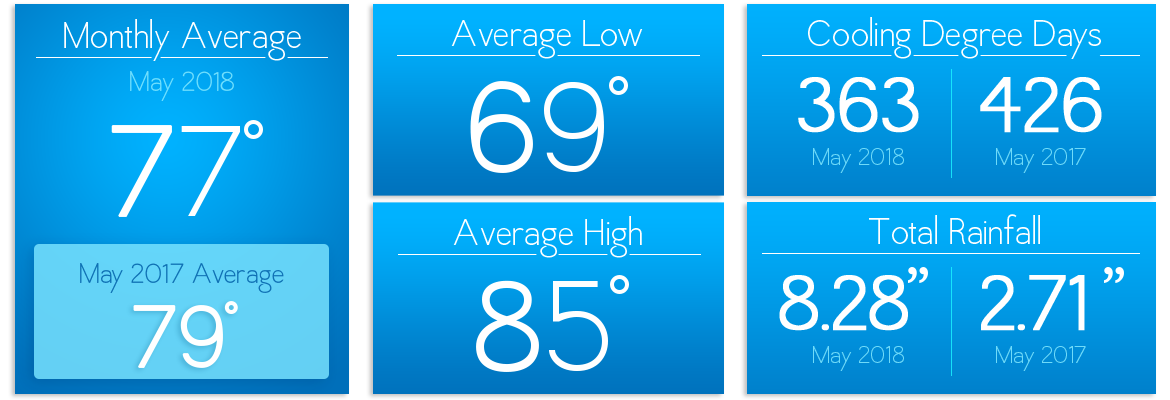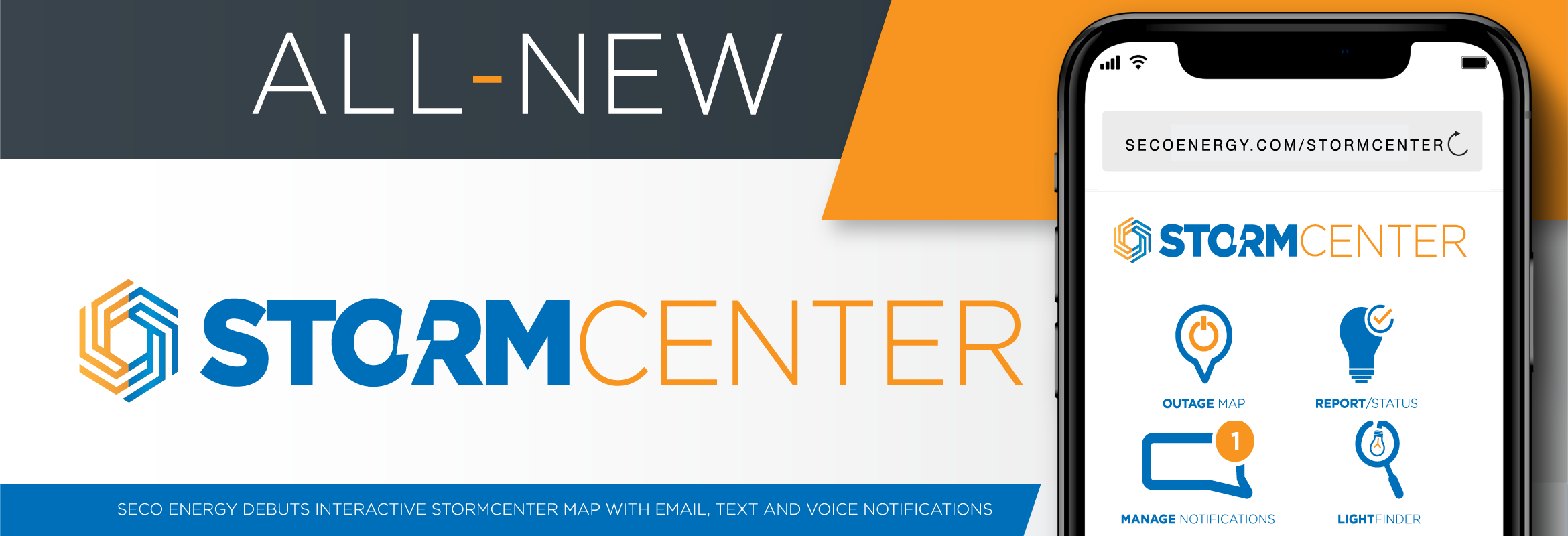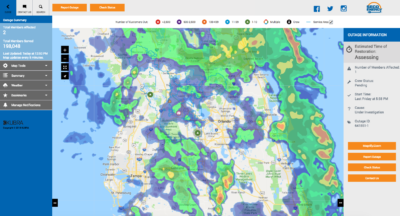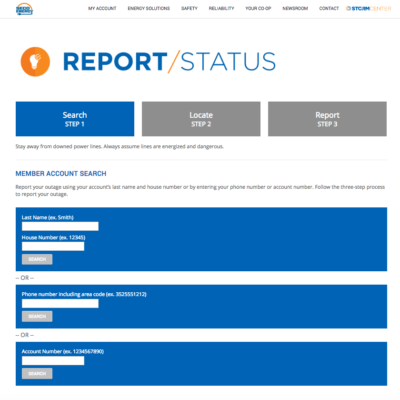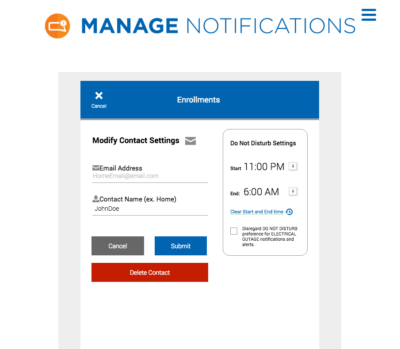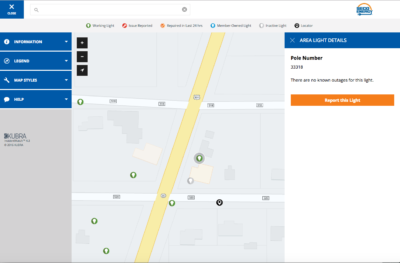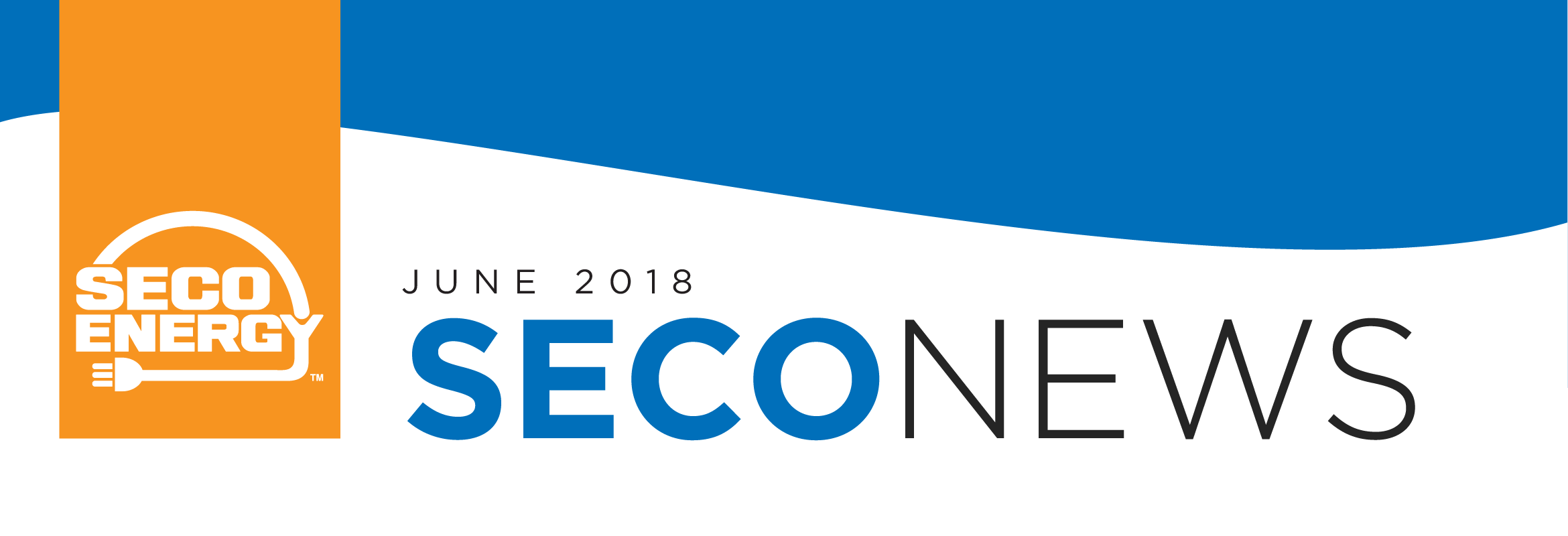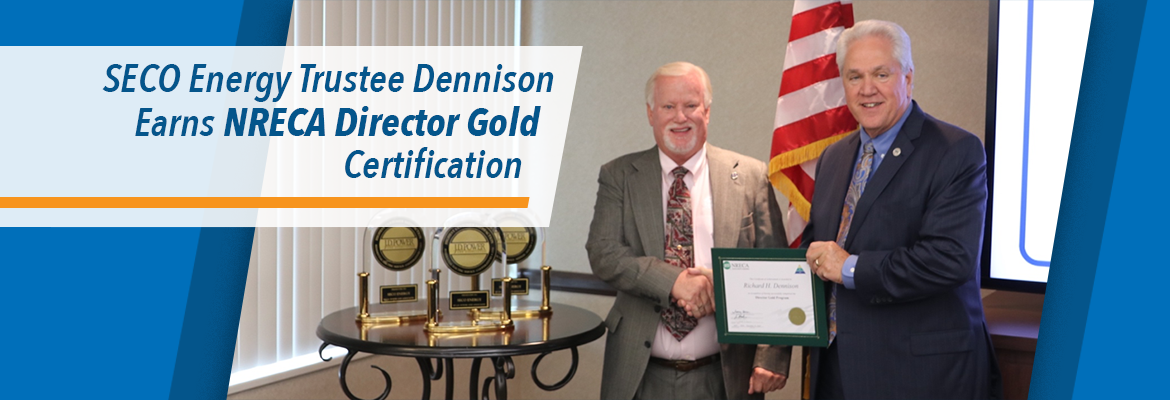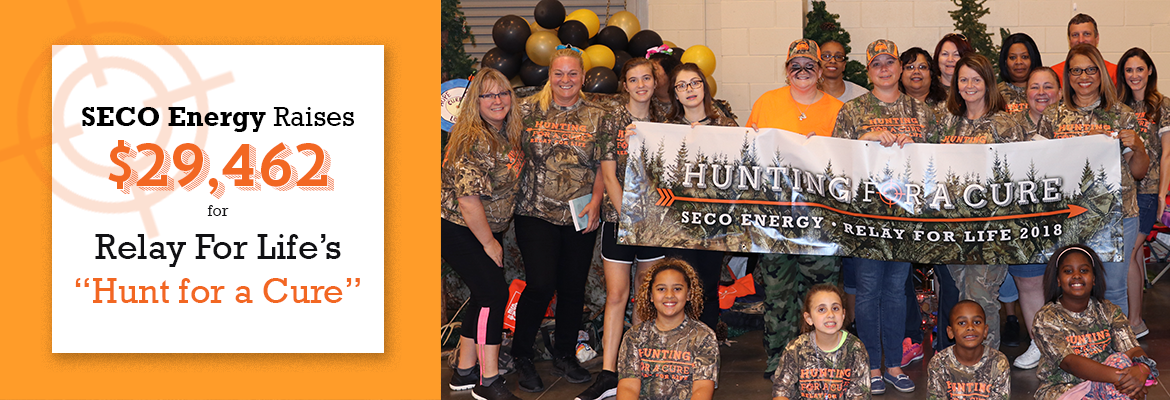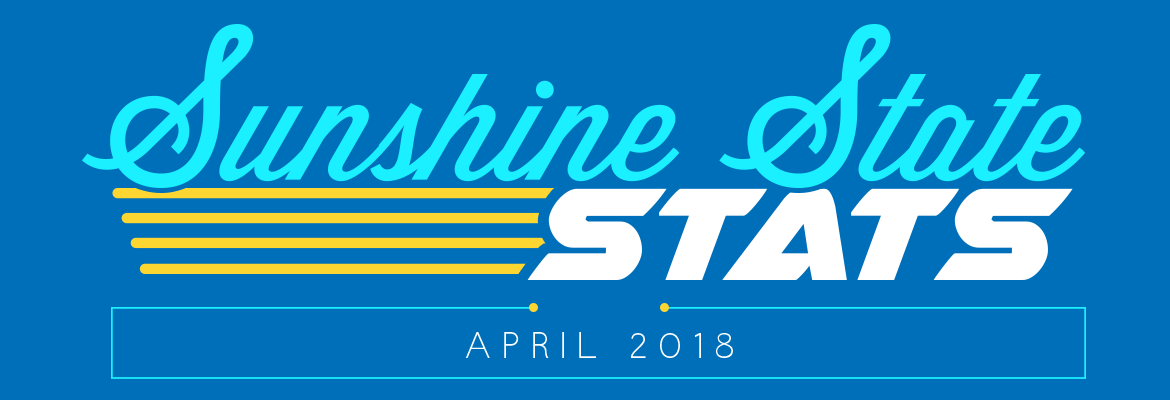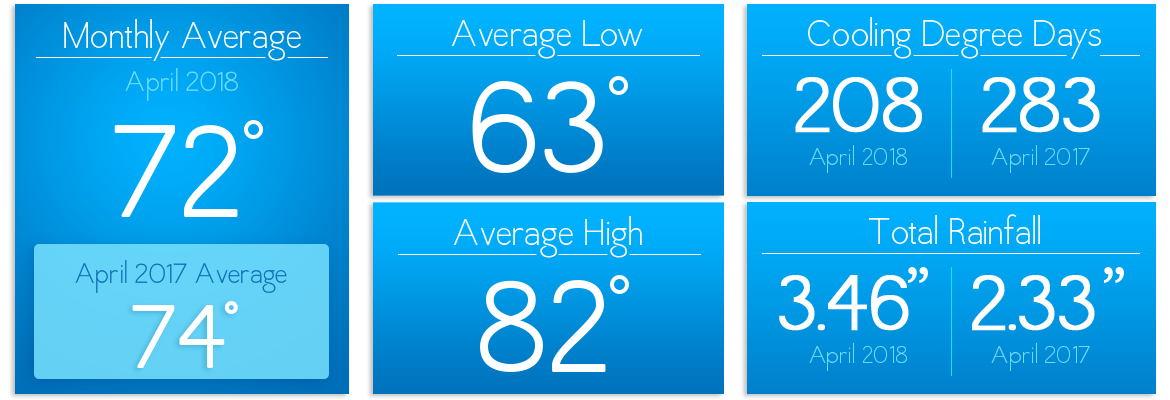SECO Supports Youth Energy Academy STEM Focus
On June 14 and 15, local energy experts teamed up to provide high school students a real-life glimpse into the many careers in the electric utility industry. SECO Energy, Duke Energy and Ocala Electric Utilities partnered to bring the Fourth Annual Youth Energy Academy to life for more than fifty students in Marion County. The event was held at the College of Central Florida’s Hampton Center.
In conjunction with employees from the three electric utility providers, representatives from several other companies (College of Central Florida, Boys & Girls Club, CLM CareerSource, Lockheed Martin and DeConna Ice Cream) volunteered, presented or provided support. With a limited workforce, the business community understands the premise of investing in today’s youth to develop future leaders and foster diversity.
Kathy Judkins, SECO Energy’s Deputy Director of Civic, Charitable and Government Affairs stated, “SECO Energy, Duke Energy and Ocala Electric Utilities have formed a strong partnership in the quest to develop a talent pipeline of local students for the energy industry. At this year’s Academy, students had the opportunity to gain essential knowledge related to the array of jobs, careers and occupational requirements in the energy field.”
The two-day event was jam-packed with activities that ranged from learning how electricity travels from the generation plant to homes and what it takes to restore power during an outage to a hands-on live demonstration provided by Duke Energy’s Ronnie Bailey and Moise Graham. Students learned the difference between soft and hard skills via a presentation from Heaven Colon, CLM CareerSource. The students then explored high-skill, high-wage careers in science, technology, engineering and math (STEM) by taking a closer look at robotics. They met Forest High School EMIT program students – EMIT stands for Engineering and Manufacturing Institute of Technology.
Youth participants also learned about one of the fastest growing jobs in the industry – the Substation/Relay Tech position – from SECO Energy Manager Transmission and Substation Design Kenny Rodrigue and Environmental & Project Supervisor Ron Summers. Participants built solar cars to test in the sun, and found out that solar panels receive enough energy to power the cars to move when the sun is not shining.
The activities didn’t end there. On day two, the students toured the City of Ocala water treatment plant with Rachel Slocumb, Division Coordinator. Utilities Director Mike Poucher showed students what can occur while texting and driving through a demonstration of a pole versus car accident scene that included how to safely exit a vehicle. Participants also rode in bucket trucks and learned about Ocala’s fiber-optic internet system. Watch video clips of this year’s Youth Academy highlights at SECO Energy’s YouTube channel.
[embedyt] https://www.youtube.com/watch?v=pEjIr13Vjac[/embedyt]
SECO Energy CEO Jim Duncan stated, “The Youth Academy aligns with two key cooperative principles – Education, Training and Information and also Concern for Community. The energy field offers a multitude of diverse careers just waiting for talented candidates to apply. Participating in youth education programs gives SECO a hand in crafting its future workforce and offers local, talented youngsters employment opportunities close to home and family.”
Six years ago, the Florida Chapter of the American Association of Blacks in Energy (AABE) incorporated a Youth Energy Academy model focused on, but not limited to, minority students in St. Petersburg, Jacksonville, Orlando and Ocala. “AABE’s goal is to spark the interest of the emerging workforce by educating young people about opportunities in the energy arena. With over 240 Marion County students going though this academy so far, we believe we will see a few of them working in the energy industry,” stated AABE Florida Chapter President Mikle Gordon. The AABE Florida Chapter is lead by members from six energy providers, as well as a number of entrepreneurs and business partners.
Learn more about SECO Energy and its Concern for Community online. “Like” SECO’s Facebook page and “follow” @SECOEnergy on Twitter for news releases and cooperative updates.

